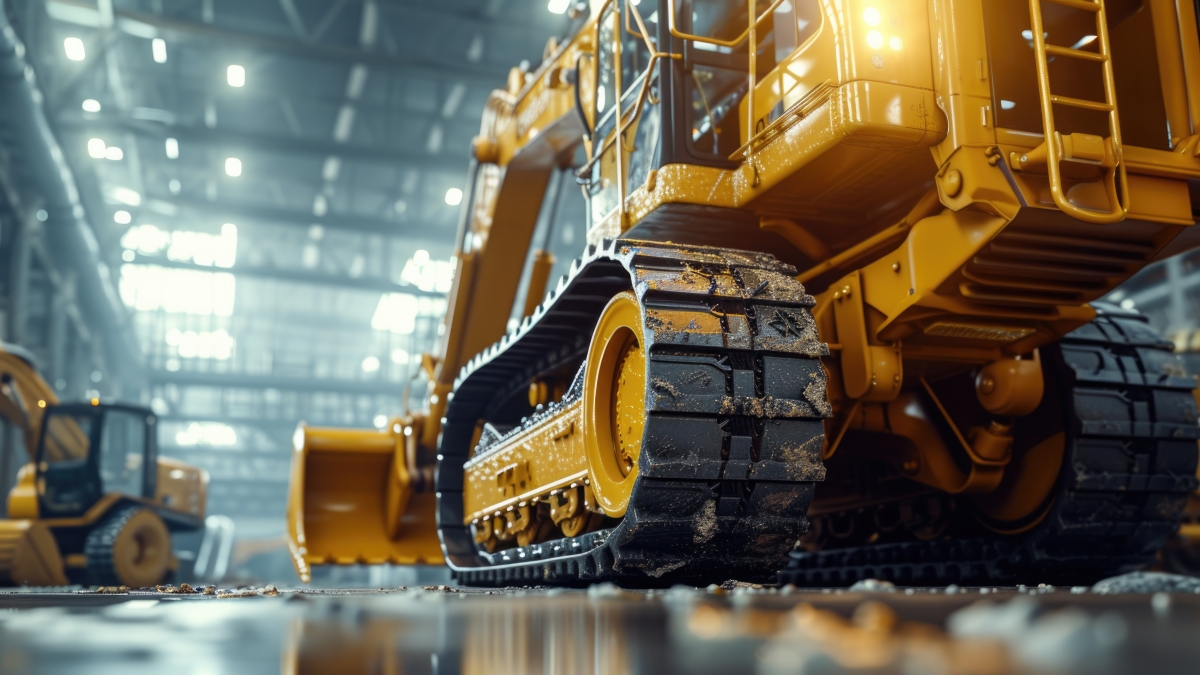
People who don’t use heavy equipment regularly often struggle when renting these items. They aren’t sure which pieces they need to complete the planned work. Skid steers and track loaders are two pieces that are similar in many ways, leading people to believe they do the same job.
While both machines can dig and grade land, they serve different purposes. Knowing which machine to use and when is critical. With the right equipment, a company can accomplish more while maximizing profit.
Table of Contents
Which Machine Stands Out?
At one time, people rented skid steers to complete most jobs. This machine was at the forefront of the industry. Times have changed. Many people rent a track loader when this type of equipment is needed today. In 2020, track loaders were the preferred choice more than 75 percent of the time, according to one rental provider. They were willing to pay a higher price for this equipment because they want to benefit from the machine’s low-ground pressure positives.
A track loader has more weight, allowing it to push off better. These machines are capable of lifting heavier loads. In addition, they offer additional traction, which is needed when dozing. Track loaders offer more slope stability thanks to their weight, track length, and undercarriage width. The ride is smoother, and the bucket retains more material.
Track loaders offer so many benefits that nontraditional users turn to these machines more often. They can also be used in a variety of weather conditions. However, there are times when a skid steer is the better option.
When to Rent a Skid Steer?
Skid steers should be used in certain situations. When a company has a limited budget for a project, renting a skid steer will keep costs down, and these machines cost less to maintain. Undercarriage maintenance costs aren’t seen with skid steers, either.
Skid steers go faster than track loaders and are more maneuverable in tight places. Skid steers provide compaction with 35 to 45 pounds per square inch of ground pressure. These machines easily push snow, although track loaders can, too. The higher ground clearance seen with skid steers makes them easier to load on trailers with steep ramps, and their light weight makes them easy to transport.
Head-to-Head Comparison
Each machine has advantages and drawbacks. Skid steers are front-heavy, while track loaders tend to have a balanced weight. However, a person can rent either machine as a radial or vertical lift. Radial lift machines are ideal for grading and working with dirt, while vertical life machines are best for load-and-carry operations.
Radial lift machines offer better visibility and give the operator more leverage in many situations. However, they swing in a minimal arc. Vertical lift equipment, in contrast, moves in a straight line, providing the equipment with more stability. Most people choose a vertical lift machine because it offers more versatility.
Operators need to consider attachments when deciding which machine to rent. Manufacturers introduce new options each year, making these machines more versatile. These machines can also operate high-horsepower attachments.
Many business owners hesitate to rent these attachments because they are expensive. However, they need to consider how the attachments will increase their profitability. The attachments will allow the business to take on more jobs. When choosing which machine to rent, it’s best to know track loaders offer higher horsepower, making them best for extremely powerful auxiliary hydraulics.
Today, business owners have options when renting equipment. Understanding the benefits and drawbacks of each machine makes it easier to determine which equipment will offer the best return. If help is needed to make this choice, contact the rental provider. They help customers make this choice every day, as they want to ensure clients get an excellent return on investment and visit them when they need equipment rentals in the future.